**Note: This page is not affiliated with Butterfly Conservation, the organisers of the Big Butterfly Count. For official information about the campaign and how to get involved, please visit the Big Butterfly Count's official website: www.bigbutterflycount.org
Friday 17th July - Sunday 9th August 2026
Understanding the Big Butterfly Count in EYFS & KS1
The Big Butterfly Count is an annual citizen science project organised by Butterfly Conservation, usually running for a few weeks in July and August. It's a fantastic, free, and fun way to connect young children with nature, get them outdoors, and help collect important data on butterfly and moth populations across the UK.
For early years settings, nurseries, preschools, childminders, and Year 1 and Year 2 classrooms, this event provides a wonderful opportunity to introduce children to the natural world, minibeasts, and the idea of conservation. It's about encouraging observation skills, fostering a love for insects, and understanding how simple actions, like counting butterflies, can contribute to real scientific research. This period offers great planning ideas and inspiration for engaging activities that really resonate with young minds, making learning about biodiversity both exciting and accessible.
Why Is Teaching About Butterflies & Minibeasts Important for Young Children?
Integrating lessons about butterflies and other minibeasts into your practice with young children (aged 0-7) is incredibly important for fostering their scientific curiosity, ecological understanding, and respect for living creatures. During their early years, children are naturally drawn to the small wonders they discover in gardens and parks.
Understanding Life Cycles: Butterflies offer a perfect example of metamorphosis, helping children grasp concepts of growth, change, and life cycles. Our 'Endless Life Cycle Puzzles (Free Sample)' can illustrate this beautifully.
Biodiversity and Ecology: Exploring various minibeasts introduces children to the vast diversity of life around them and how these tiny creatures play vital roles in our ecosystems, from pollinating plants to breaking down waste.
Observation Skills: Participating in a count like the Big Butterfly Count hones children's observational skills as they learn to look closely, identify features, and distinguish between different species.
Respect for Nature: Learning about minibeasts fosters empathy and teaches children to respect all living things, no matter how small, and understand their importance in the natural world.
Outdoor Exploration: It encourages outdoor play and exploration, connecting children with nature and promoting physical activity. Our 'Science - Activity Pack - Minibeast Hunt (Free Sample)' is designed for this.
Counting and Data Handling: The act of counting butterflies provides a real-world context for developing numeracy skills, tallying, and simple data representation.
Engaging Butterfly & Minibeast Activities for the Big Butterfly Count (0-7 Year Olds)
Making the Big Butterfly Count a fluttering success is easy with these planning ideas and activities perfect for EYFS and KS1 children. The focus is on observation, exploration, and celebrating the amazing world of minibeasts! Many of these early years and year 1 activities can be supported by the printable resources we have available.
Here's some inspiration for bringing the wonder of butterflies and minibeasts into your setting: (Please use your own discretion and knowledge of your children to ensure appropriateness of each activity and safety concerning any materials given and activity undertaken.)
Go on a Butterfly/Minibeast Hunt: Take children outdoors to a garden, park, or green space. Use our 'Minibeast Search Checklist (Free Sample)' (and its updated 'Minibeast Search Checklist’ version) to help children identify and tick off the minibeasts they spot, including butterflies! Remember to observe, not disturb.
Conduct Your Big Butterfly Count: Follow the official Big Butterfly Count guidelines. Spend 15 minutes in a sunny spot and record the butterflies you see.
Conduct Your Own Minibeast Count: Follow a similar plan to the Butterfly Count and spend some time watching minibeasts go about their daily activities. Our 'Minibeasts Pictogram Chart' and 'Minibeasts Tally Chart' are excellent tools for recording your findings.
Butterfly Life Cycle Exploration: Discuss the journey of a butterfly from egg to caterpillar to chrysalis to butterfly. Our 'Endless Life Cycle Puzzles (Free Sample)' are a perfect hands-on way to explore this fascinating transformation.
Butterfly & Minibeast Counting Games: Use your sightings to inspire numeracy. Our 'Butterfly Counting Puzzles', 'I Spy Count & Choose - Butterflies', 'Counting Minibeasts - Large', 'Counting Minibeasts - Small', 'Minibeasts Counting Display/Flashcards/Posters (0-20)', 'Colour & Count Sheets (1-20)', and 'Butterfly & Magnifying Glass Counting/Number Recognition Activity' offer varied ways to practice counting. You can also use 'Minibeasts Counting Puzzles (1-10)' and our 'Minibeasts Counting Puzzles (1-10) - Colouring' versions.
Minibeast Art & Craft: Encourage children to draw, paint, or create their favourite minibeasts. Our 'Fine Motor Butterflies (Free Sample)' are great for developing fine motor skills while being creative. You can also use our 'Minibeasts Colouring' pages, 'Draw Minibeasts Sheet', and 'Minibeasts Border Paper' for creative work.
Minibeast Movement & Role-Play: Encourage children to move like different minibeasts. Our 'Minibeast Activity/Movement Challenge Cards' offer fantastic prompts for physical activity.
Minibeast Sorting & Ordering: Use our 'Minibeasts Size Ordering Cards' (and the 'Minibeasts Size Ordering Cards - Colouring' version) to help children compare and contrast different minibeasts by size.
"My Favourite Minibeast" Activity: Encourage children to choose their favourite minibeast and explain why. Our 'My Favourite Minibeast Activity Sheets' are perfect for this.
Minibeast Word Games: Expand vocabulary using our 'Minibeasts Word Mat' and 'Minibeast Word Cards'. Play matching games with our 'Minibeast Picture Snap Cards' to reinforce recognition.
Minibeast Multimats: Our 'Minibeast Multimats - Playdough, Loose Parts, Art & Crafts' provide versatile surfaces for open-ended exploration and creation with a minibeast theme.
Puzzles and Matching: Our 'Minibeast Number Slice Puzzles' and 'Colour, Cut & Stick Number Slice Puzzles' are great for fine motor skills and number recognition. You can also use 'Minibeasts Doubling Activity Mats' for early maths concepts.
Minibeast Displays: Use our 'Minibeasts Display Banner' to create an inviting area for all your minibeast learning and creations.
These activities offer great inspiration for making the Big Butterfly Count a memorable and impactful experience in your early years and Key Stage One setting, fostering a love and respect for our incredible natural world.
To explore ideas surrounding additional early years events, please visit our 'Special Dates Calendar' page.
Printable resources to support teaching & learning surrounding: ‘Big Butterfly Count’
Additional Pages you may like to explore which cover relevant &/or Connected themes
More Early Years Event Pages for July
International Tiger Day, celebrated annually on July 29th, is a powerful reminder of the majesty and importance of one of the world's most iconic big cats. It's a…
National Marine Week, running from July 26th to August 10th, 2025 (it spans two weeks, encompassing the highest tides), is a fantastic annual celebration of the…
The Big Butterfly Count is an annual citizen science project organised by Butterfly Conservation, usually running for a few weeks in July and August. It's a fantastic…
World Emoji Day, celebrated annually on July 17th, is a bright and engaging opportunity to explore emotions and communication with young children! It's a…
St. Swithin’s Day, observed annually on July 15th, is a fun and traditional day in the UK, especially suited for exploring weather with young children. According to…
Shark Awareness Day, celebrated annually on July 14th, is a fantastic opportunity to challenge misconceptions about sharks and teach young children about these…
Don’t Step on a Bee Day, observed annually on July 10th, is a charming and important reminder to teach young children about the vital role bees play in our…
International Plastic Bag Free Day, observed annually on July 3rd, is a fantastic opportunity to introduce young children to important environmental concepts…
International Joke Day, celebrated on July 1st each year, is a wonderful opportunity to bring laughter, silliness, and a whole lot of fun into your early…
Explore special dates (including awareness dates, festivals, celebrations & events) relevant to your EYFS & KS1 children
Browse our ‘Special Dates Calendar’ page using the link below. You’ll find calendars for every month of the year to aid your planning!
CLICK HERE to visit our ‘SPECIAL DATES CALENDAR PAGE’ for an entire year of key EYFS & KS1 events, festivals & celebrations.
SEARCH ‘LITTLE OWLS Resources’ USING THE FOLLOWING MENU BUTTONS…
Disclaimer:
This page is for educational purposes only and is intended to support early years and primary practitioners with ideas and resources related to the 'Big Butterfly Count'. We are not affiliated with or endorsed by Butterfly Conservation or the official Big Butterfly Count campaign, and we do not claim any rights to their trademarks or official materials. For official information, please visit www.bigbutterflycount.org.
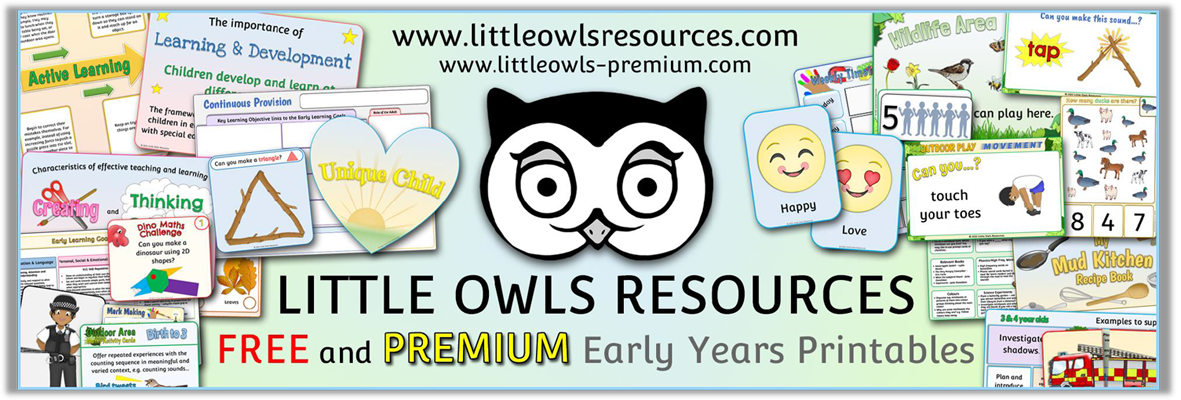






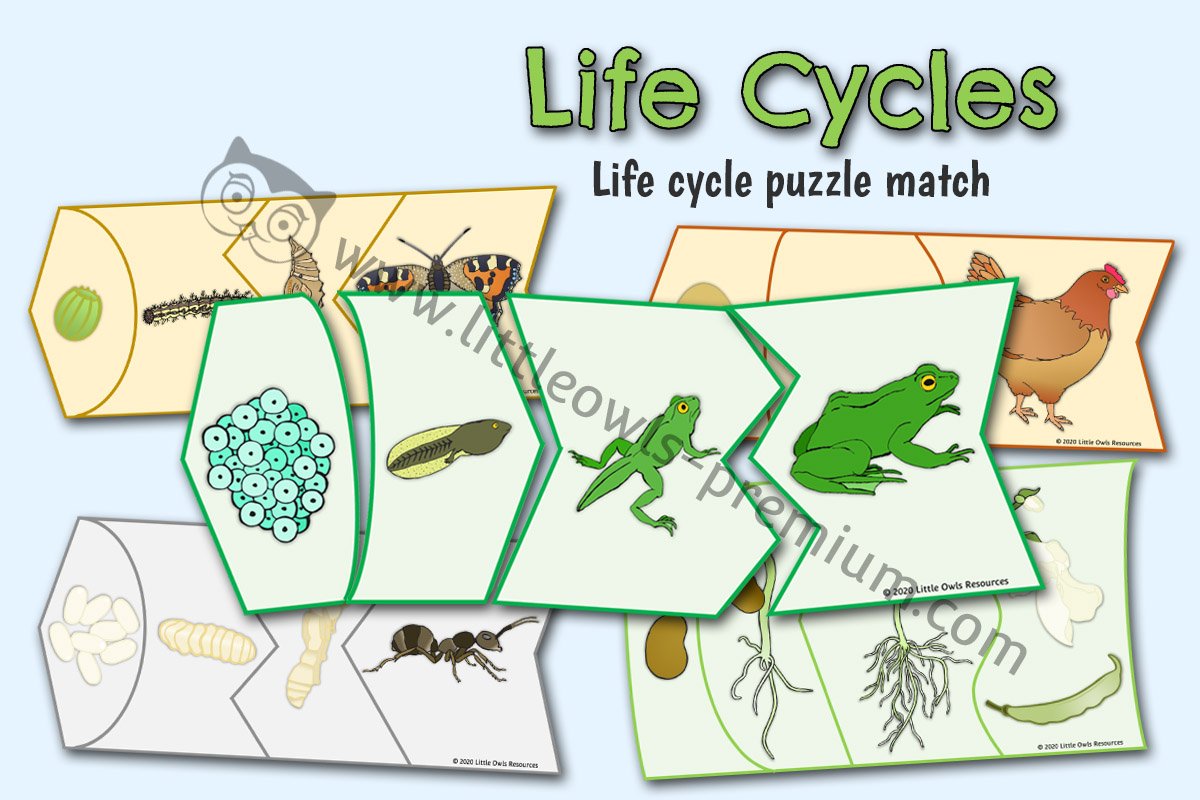
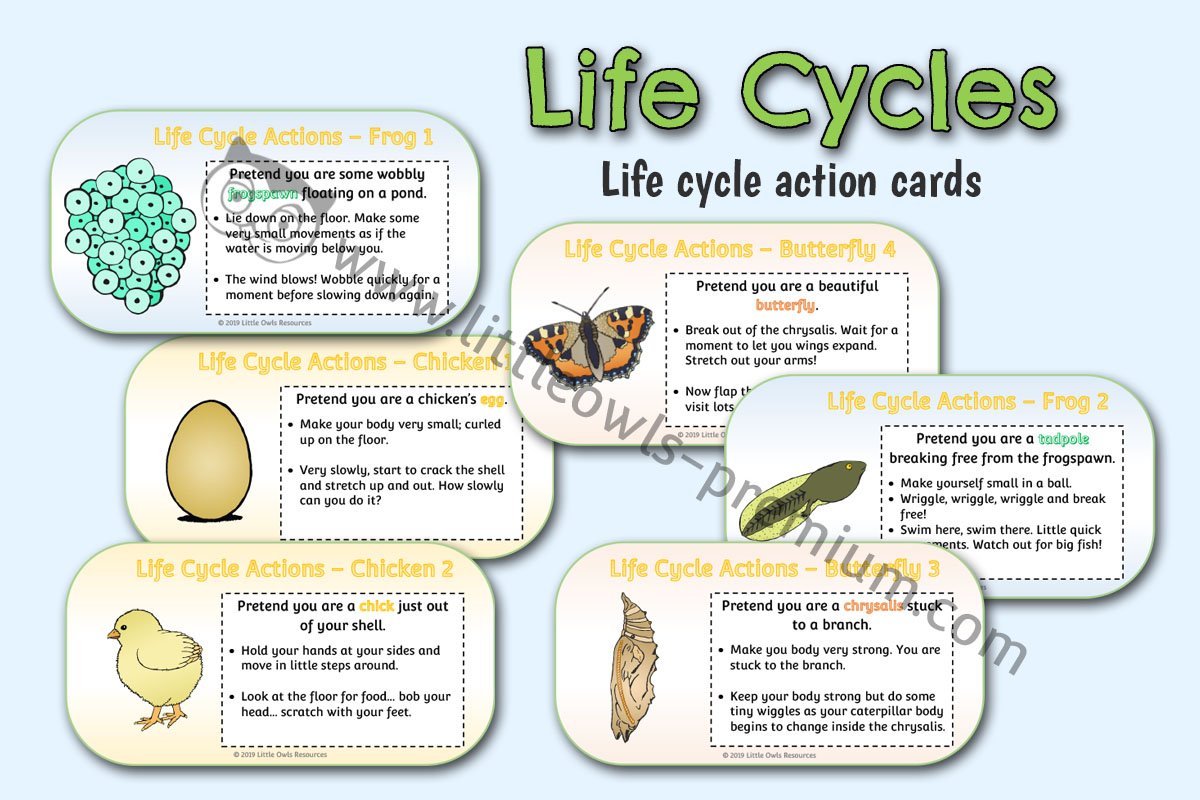
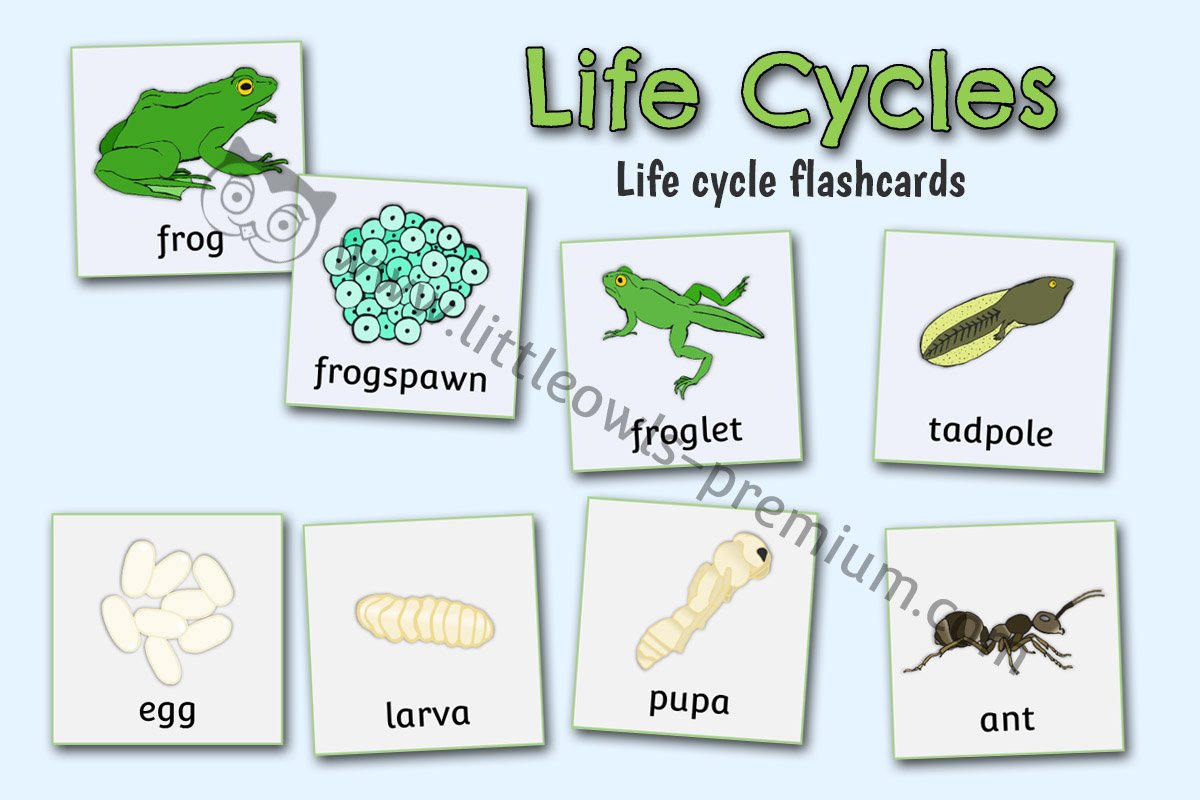
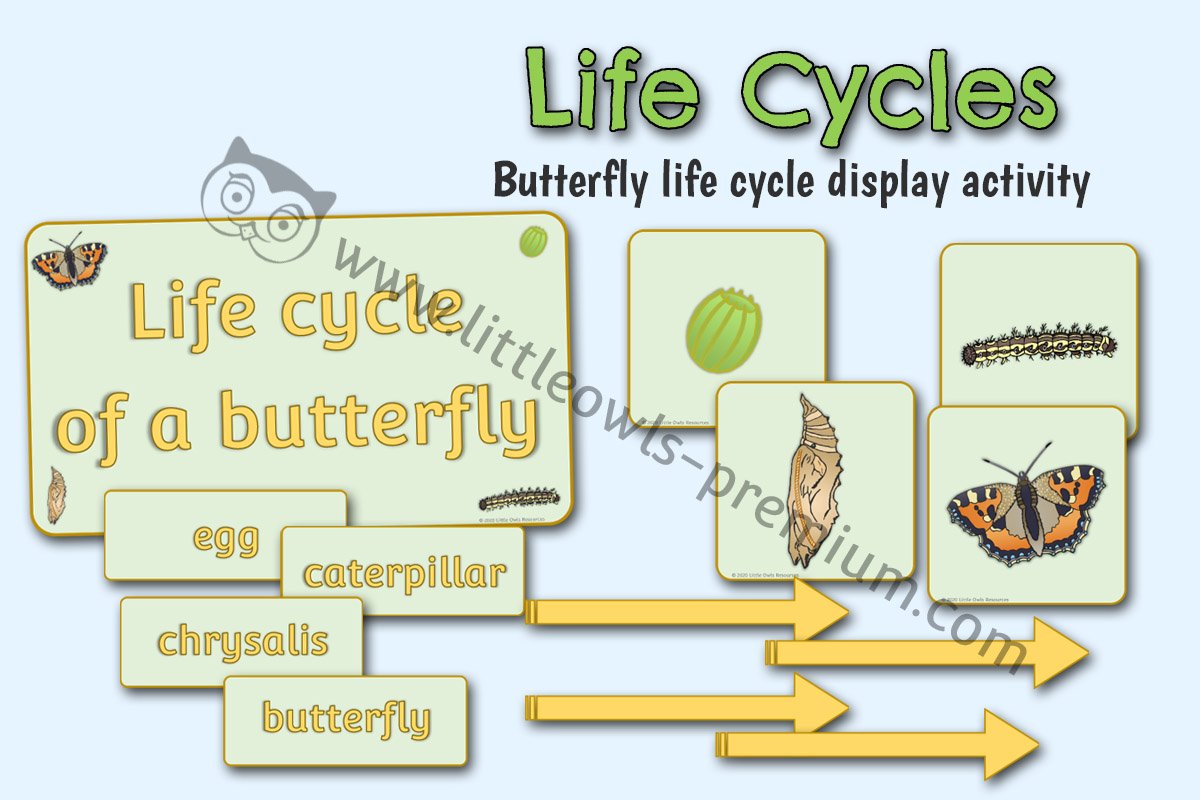

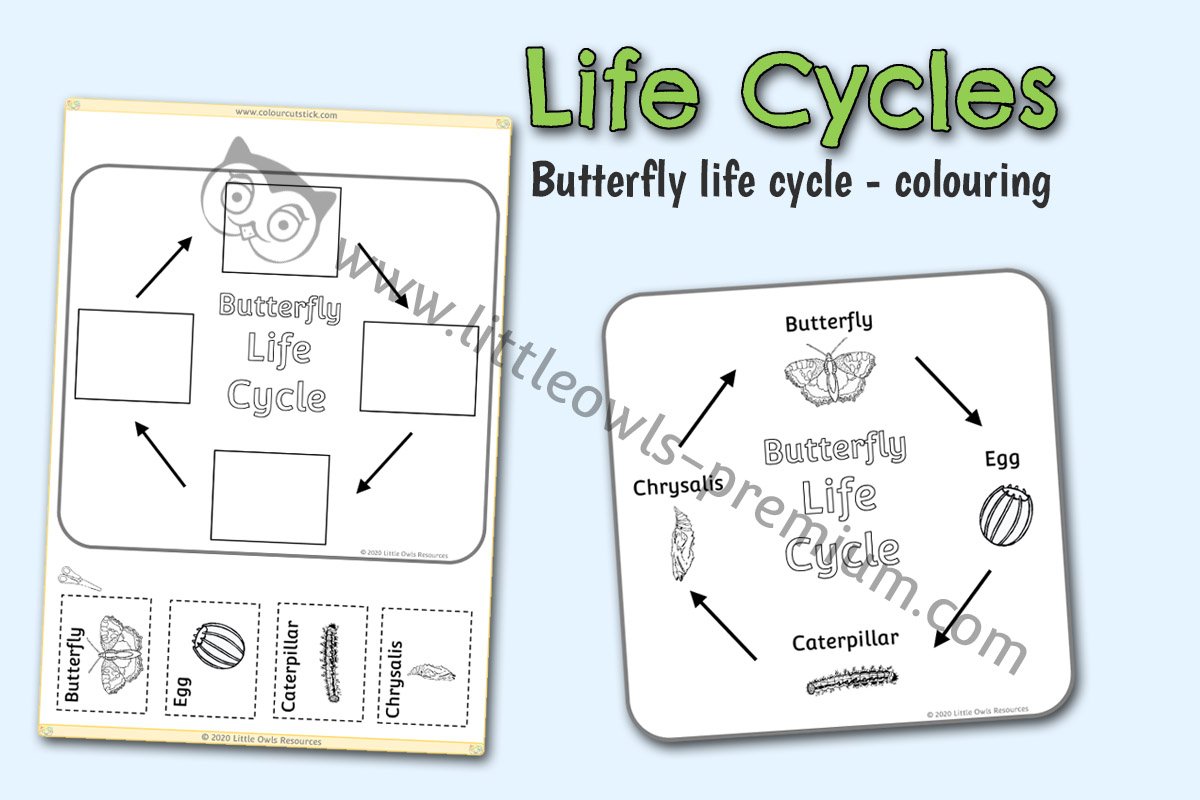
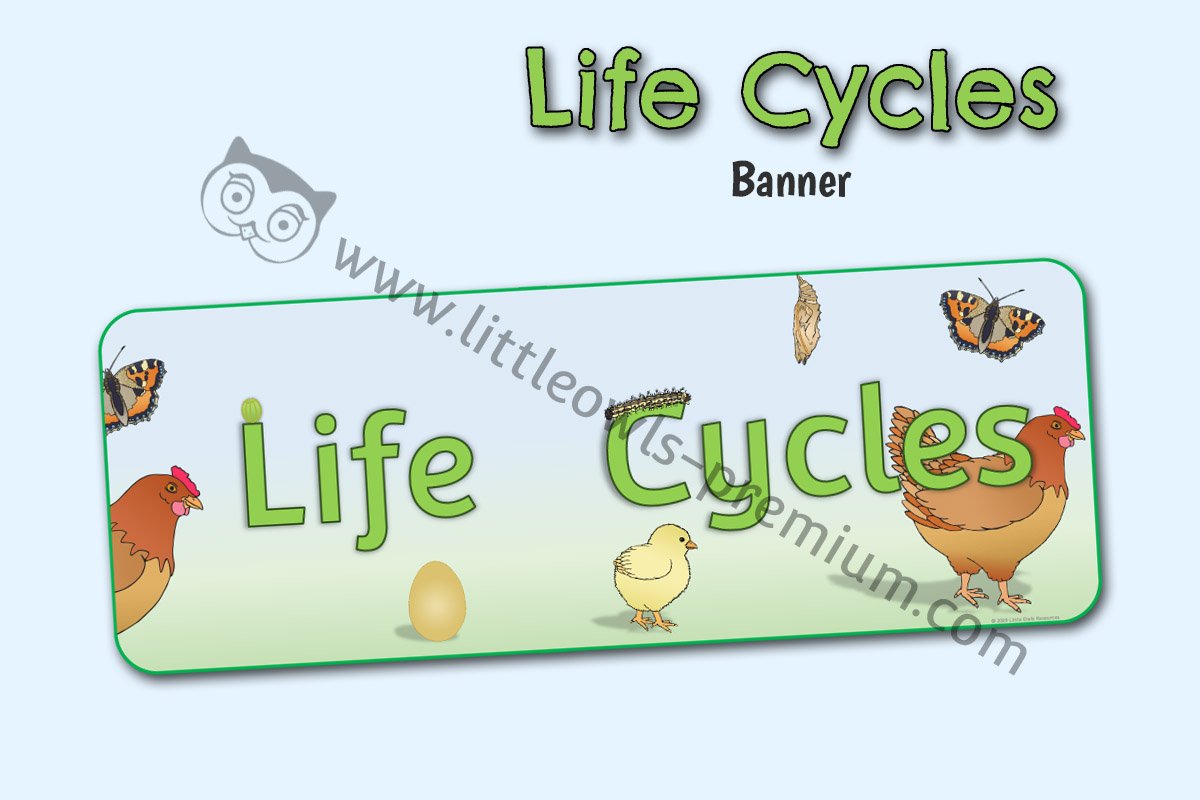


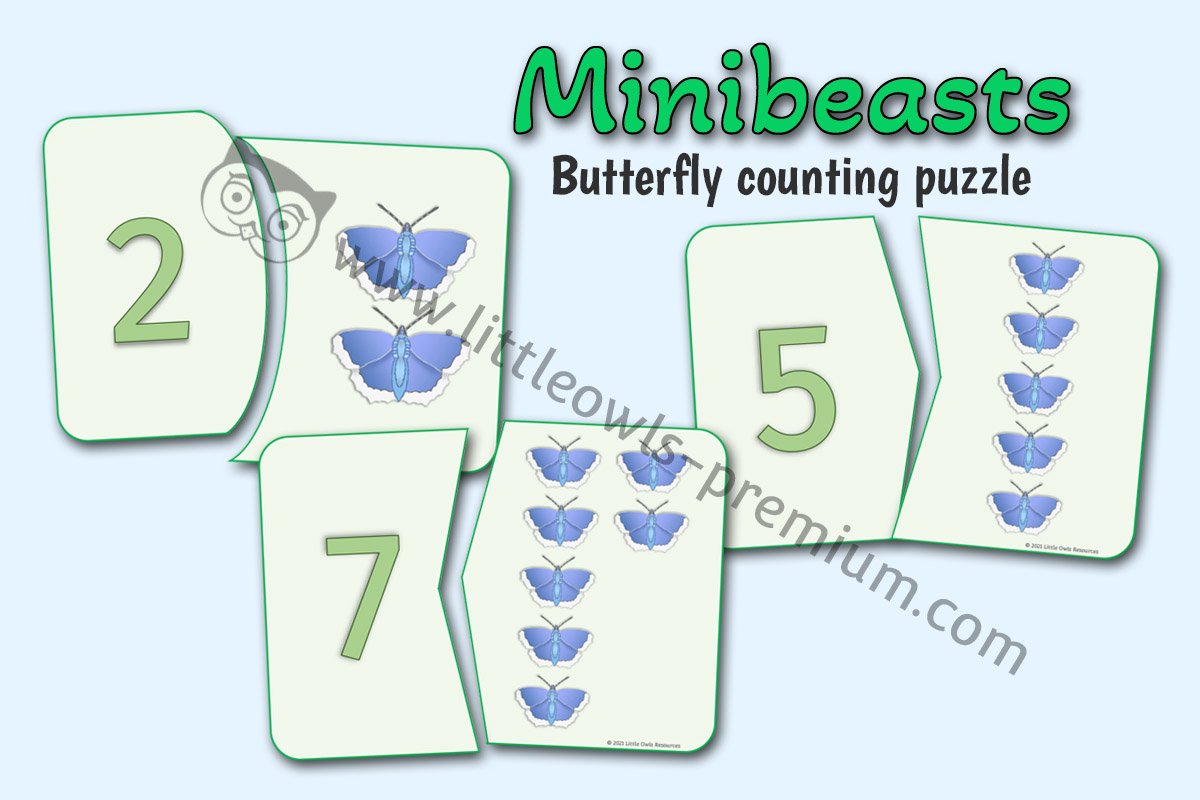

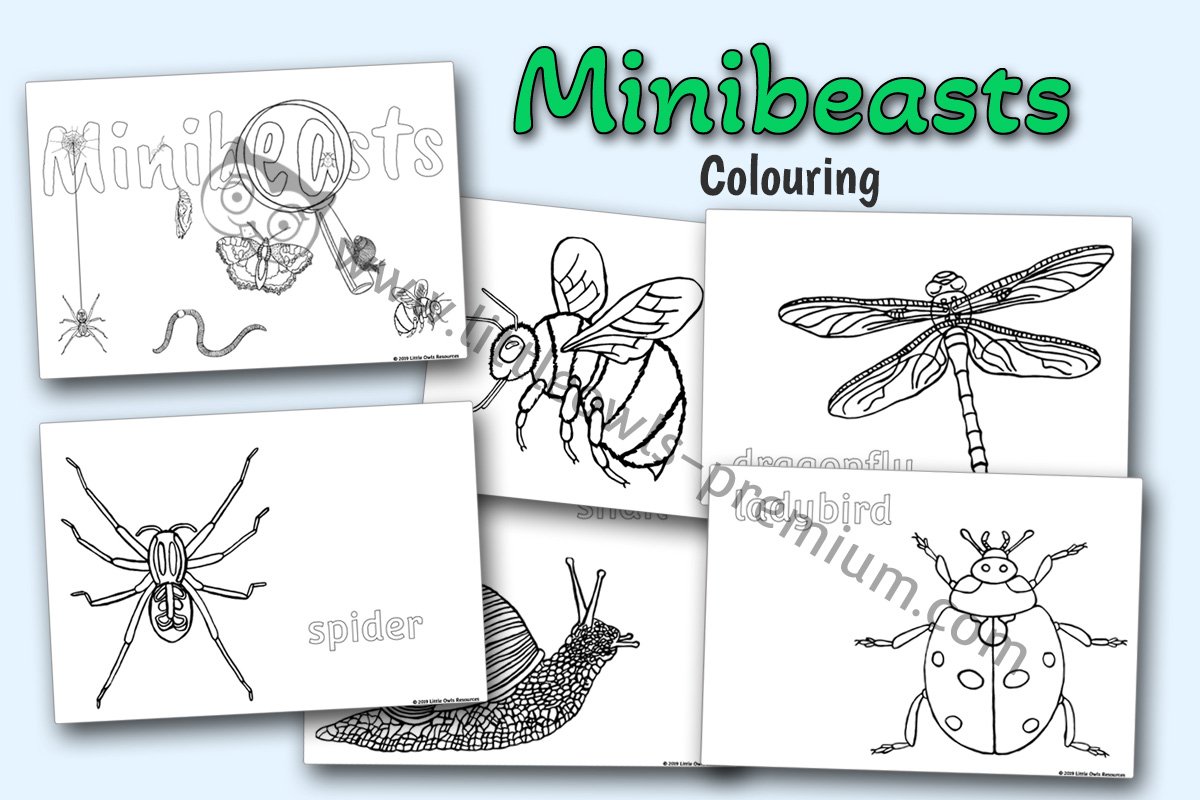


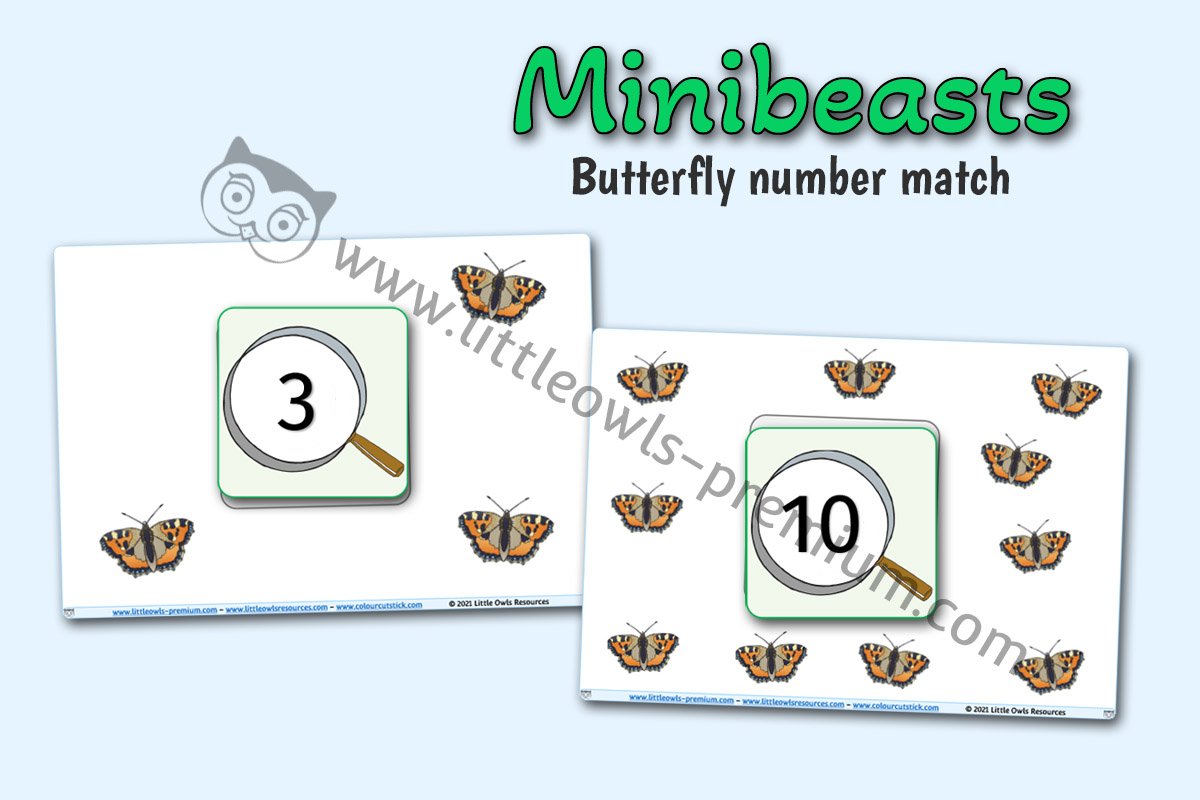

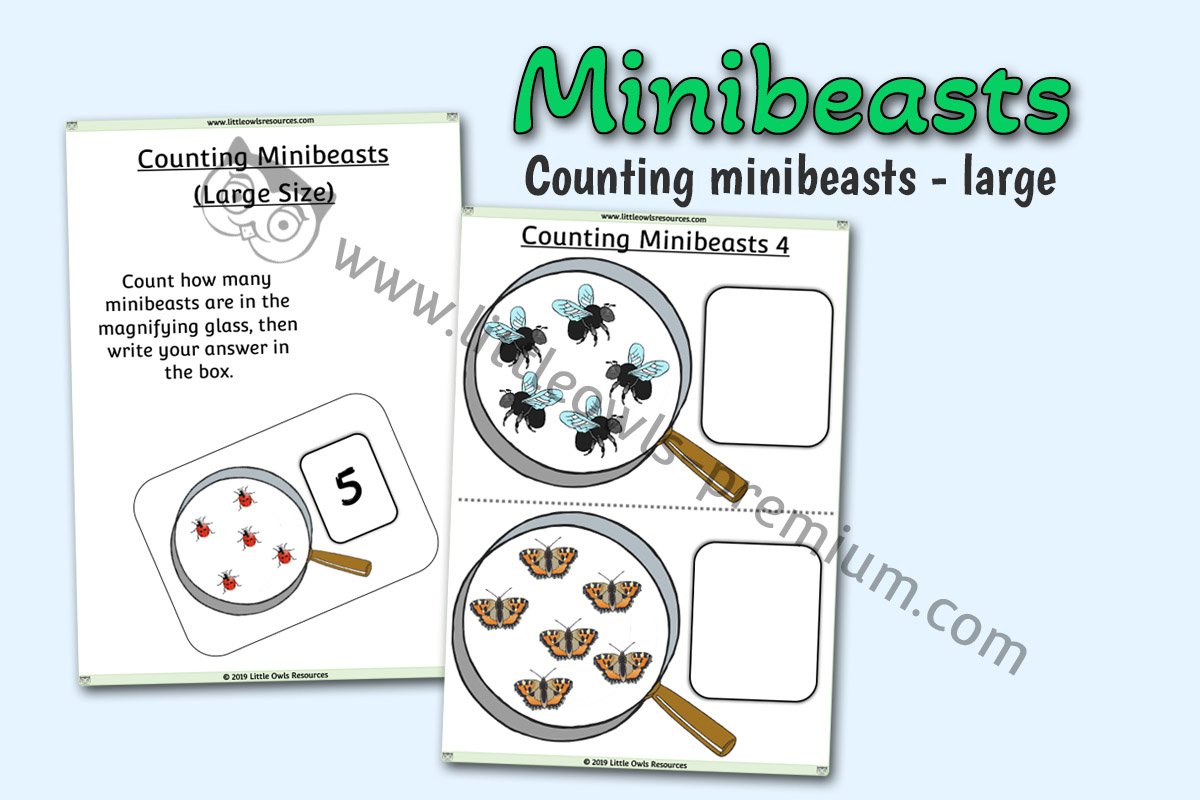

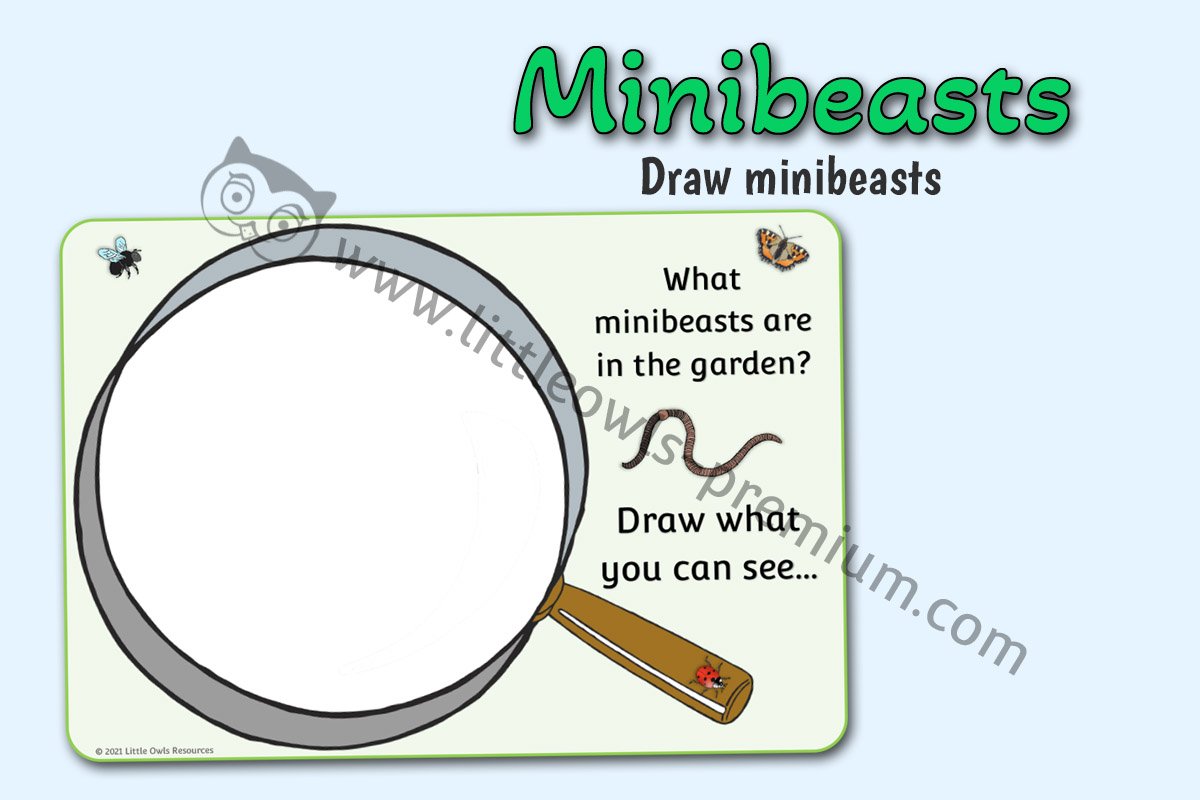


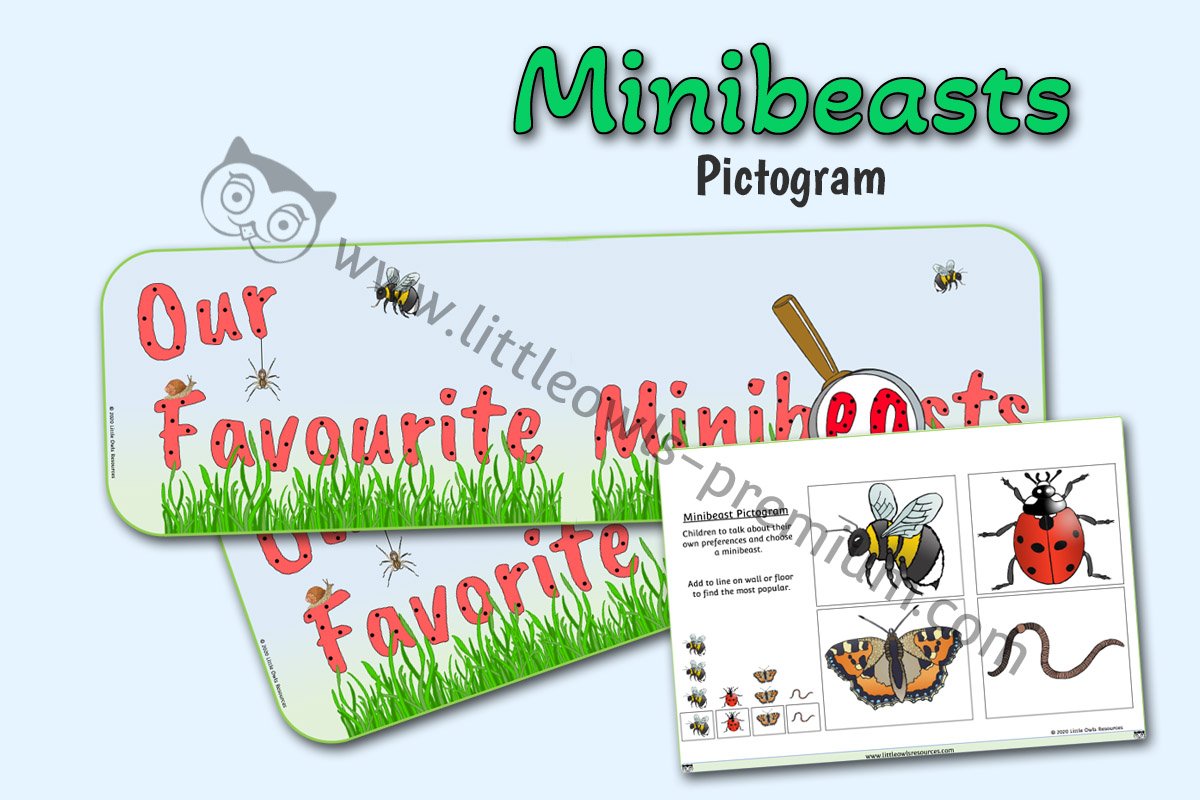

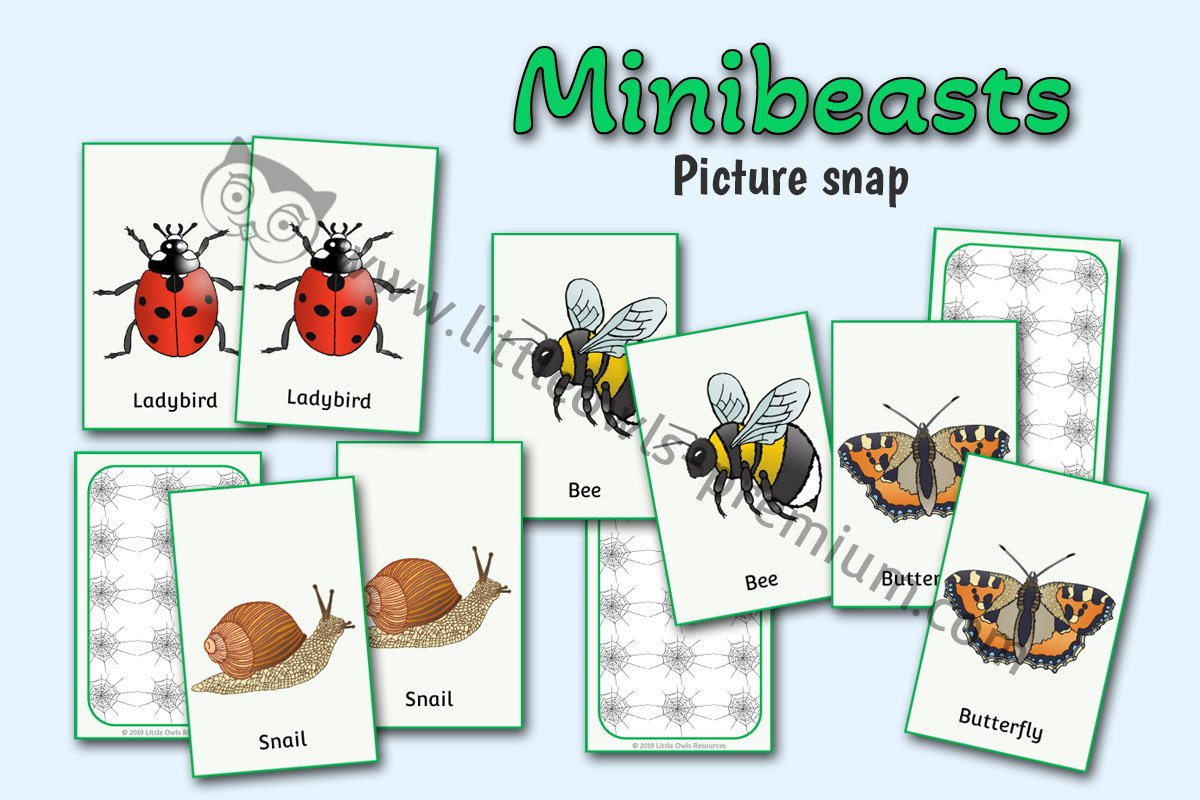

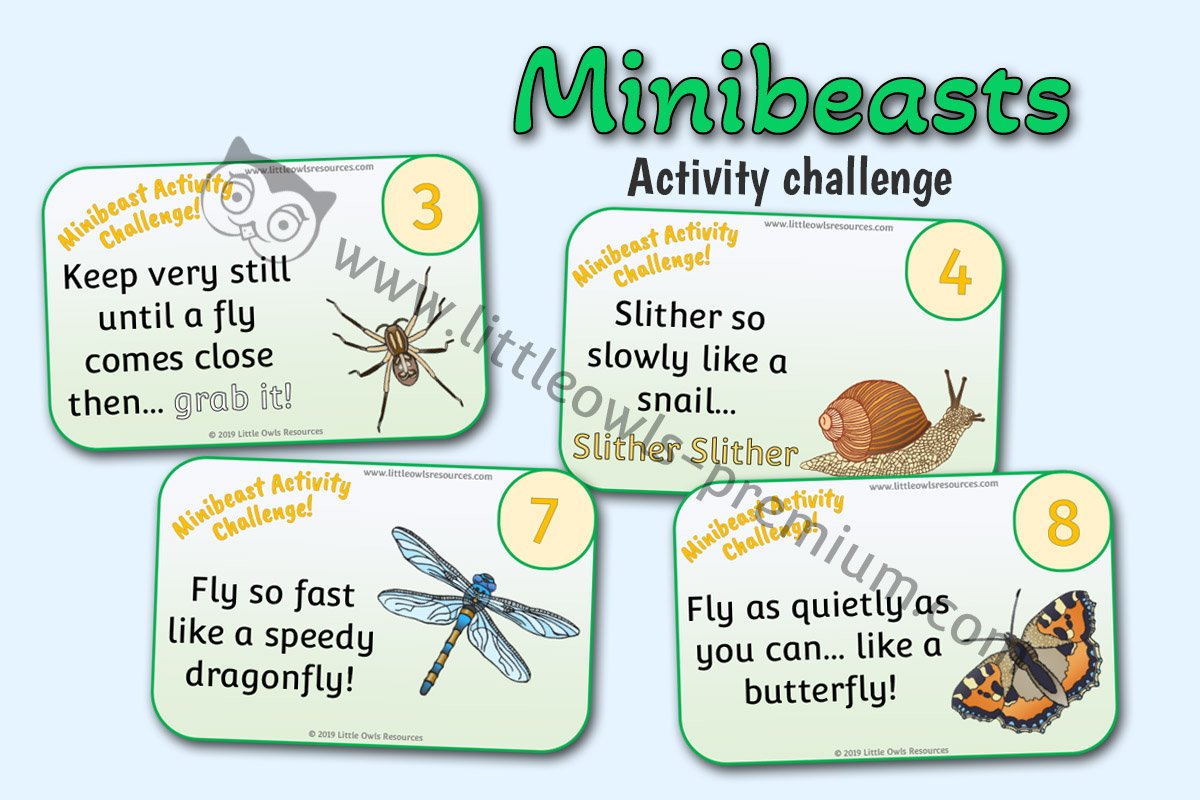
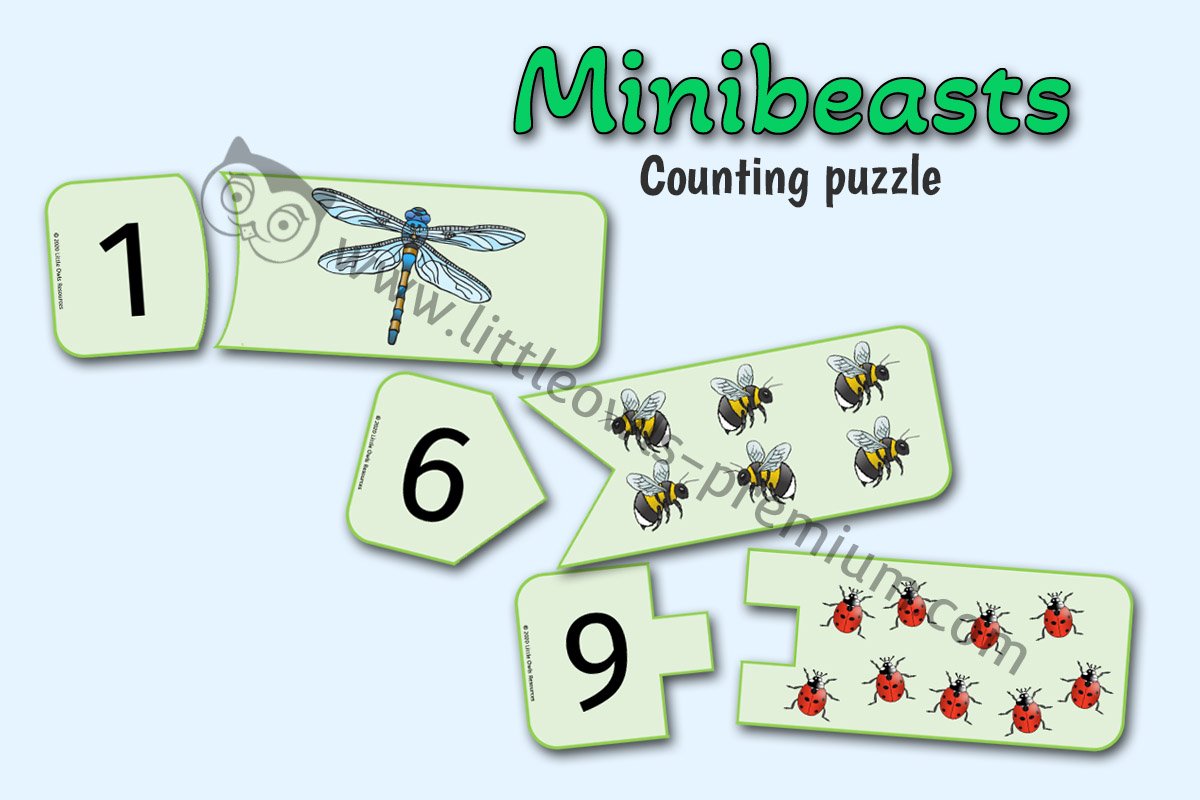

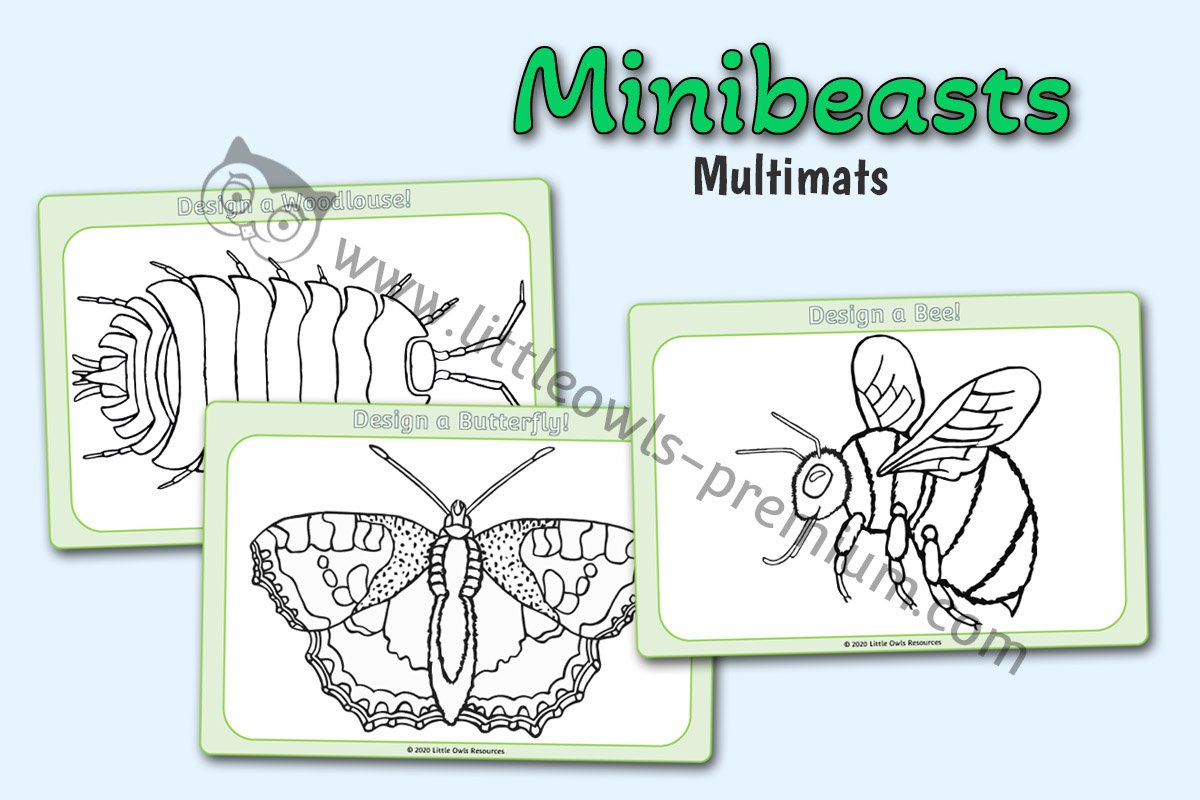
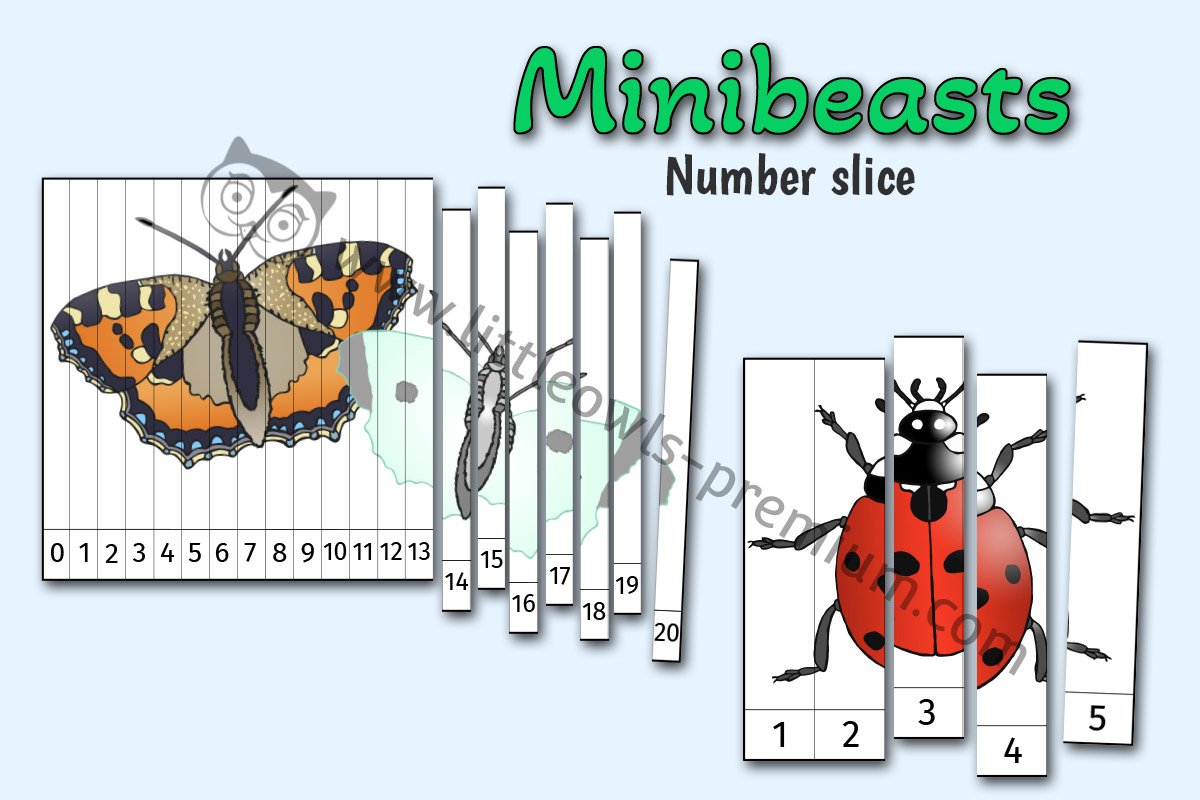





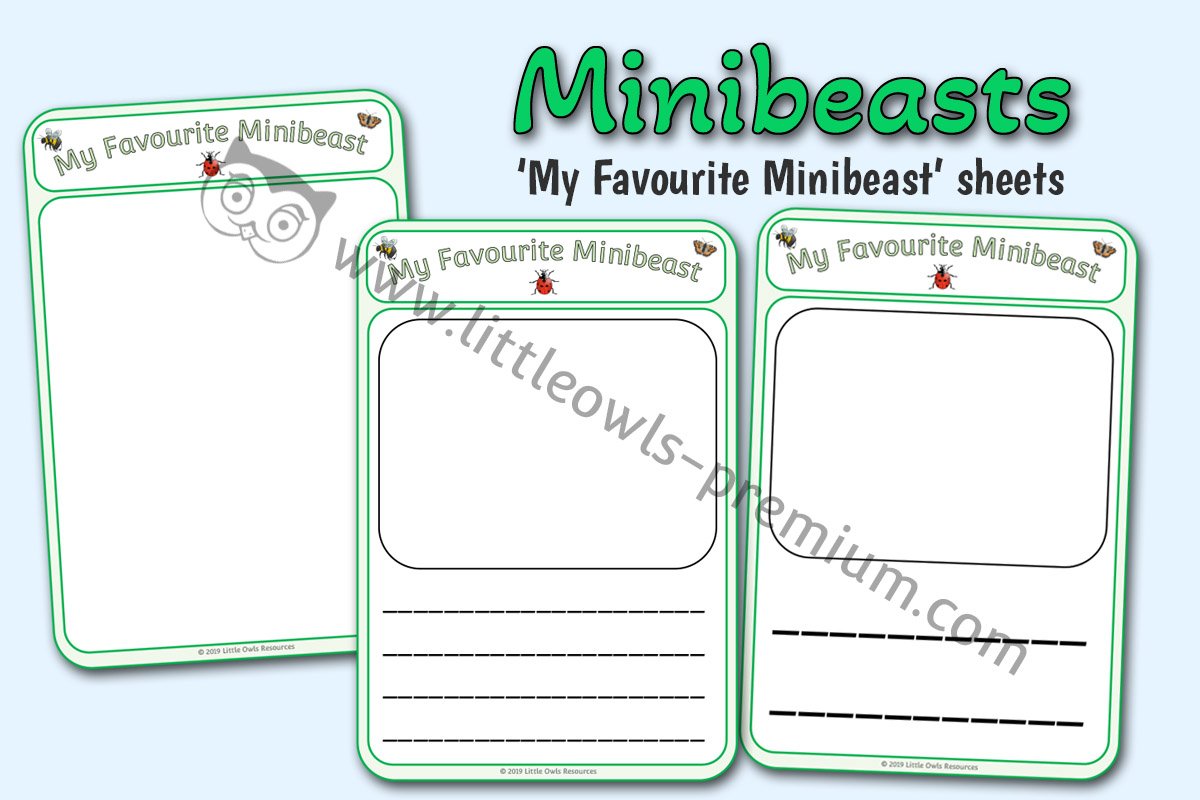
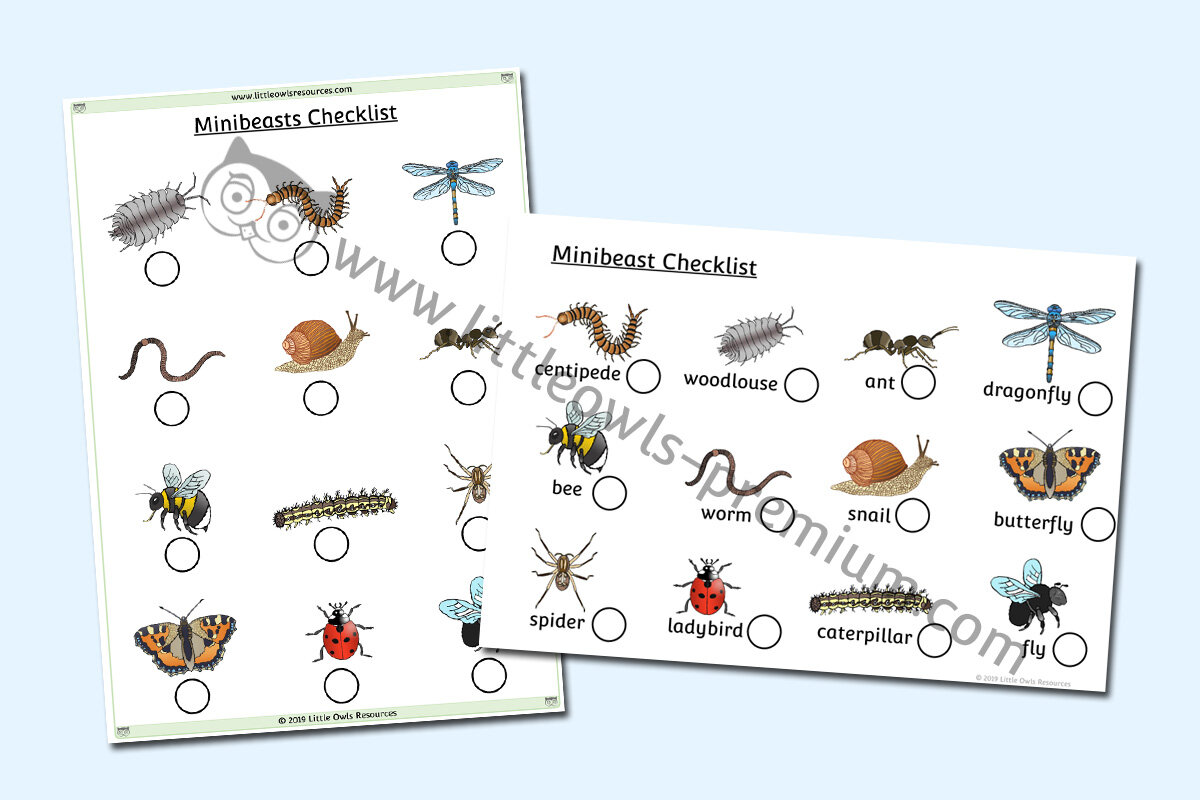





















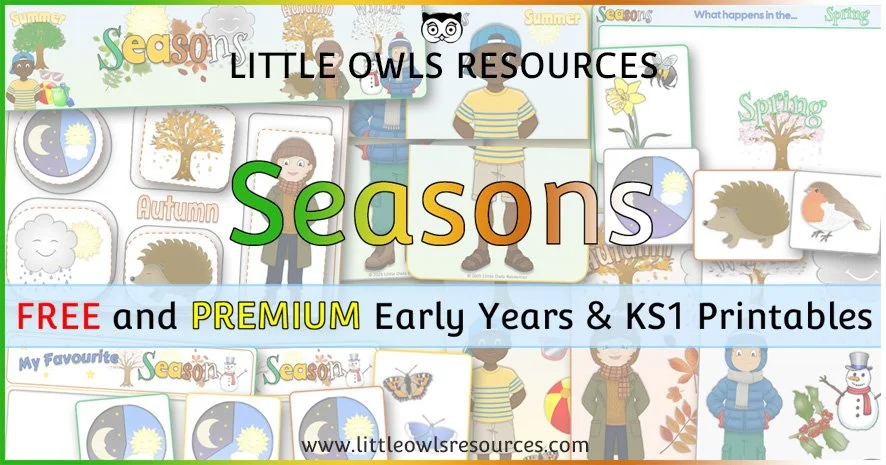

















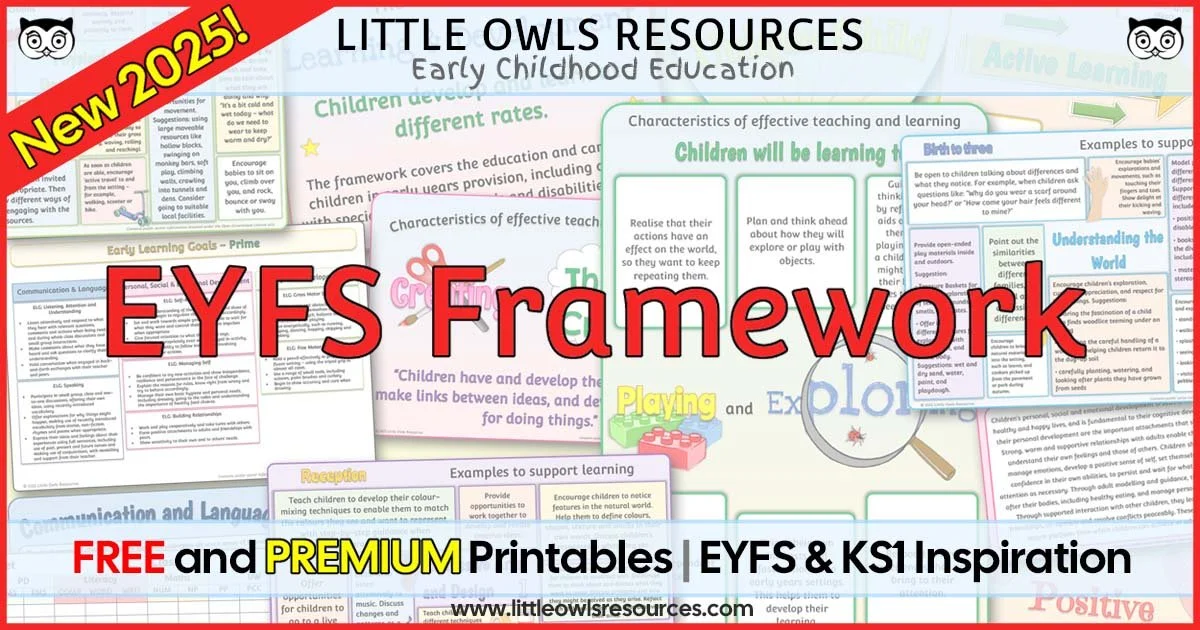

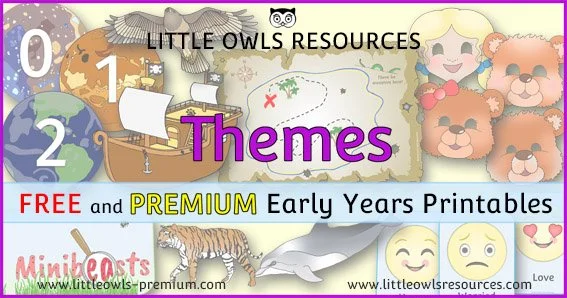

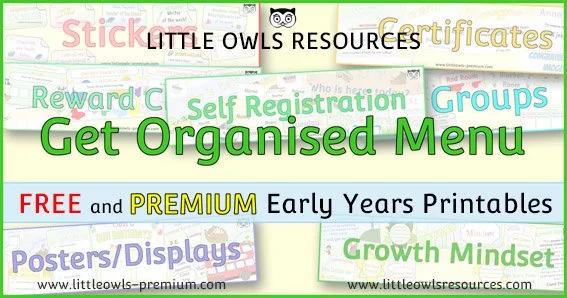


International Day of Friendship (also known as World Friendship Day), observed annually on July 30th, is a heartwarming occasion dedicated to celebrating the…